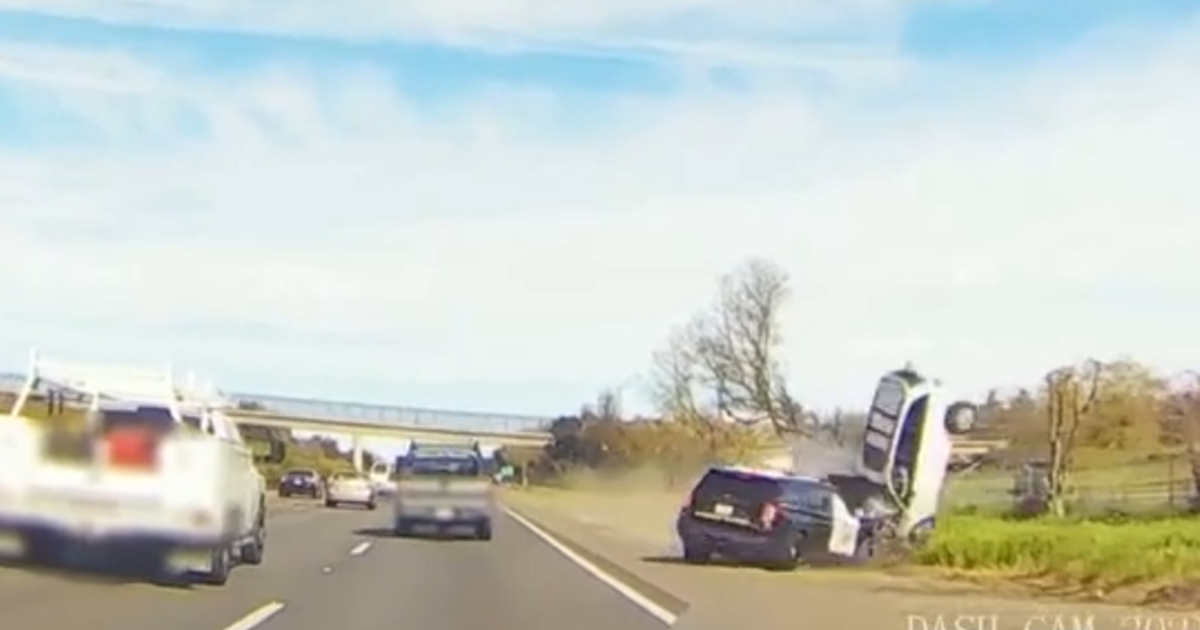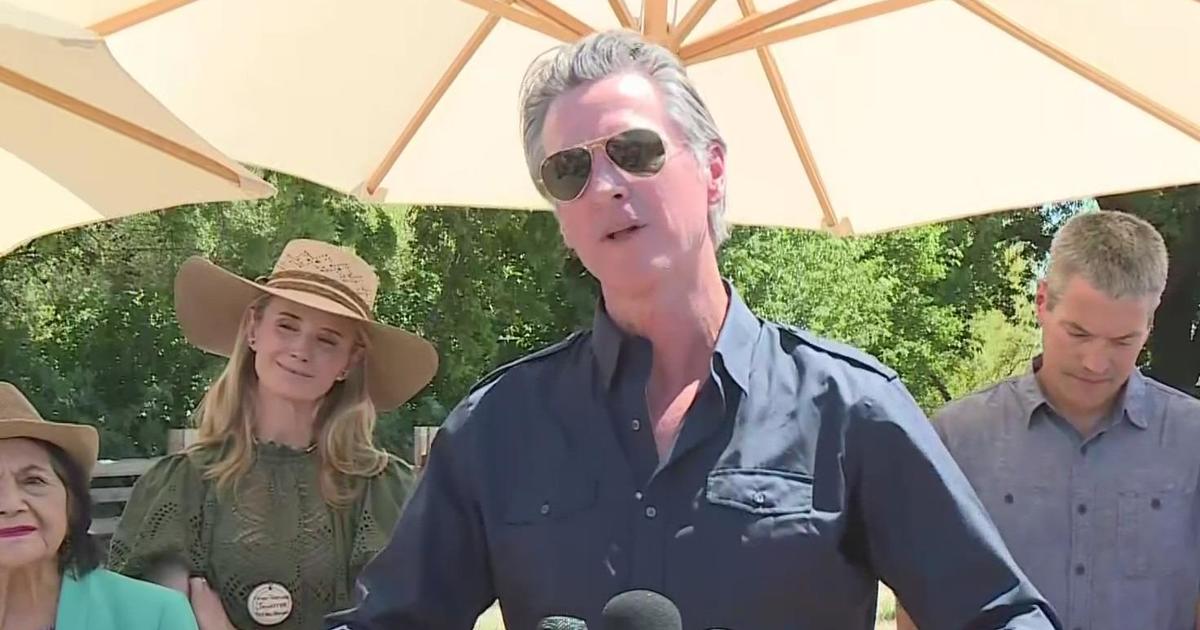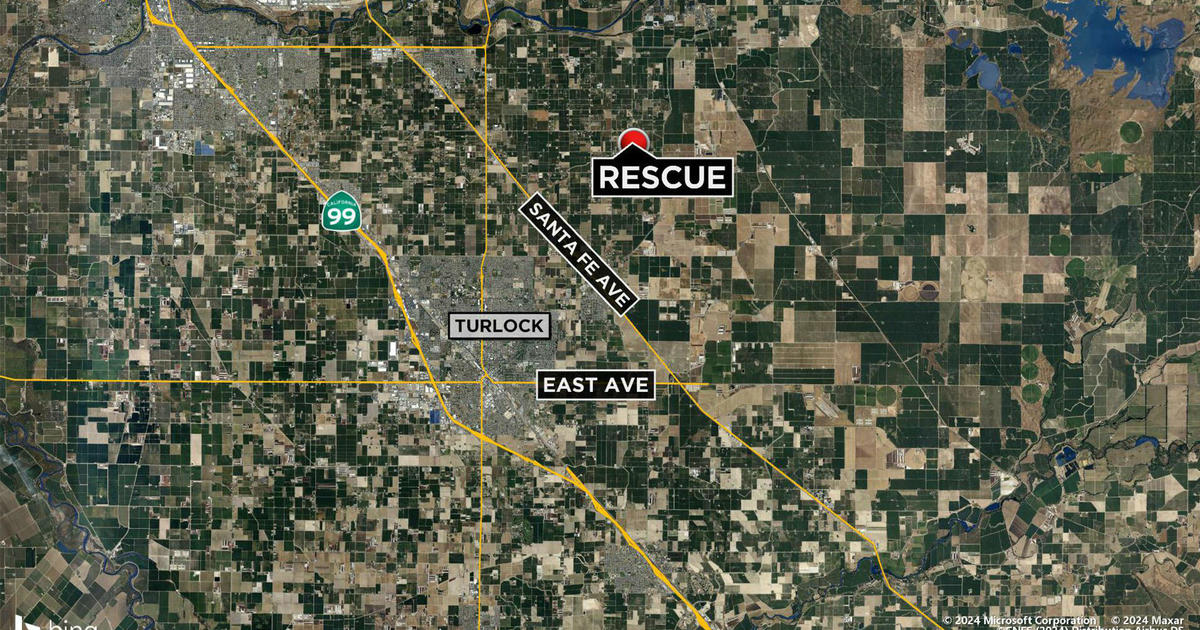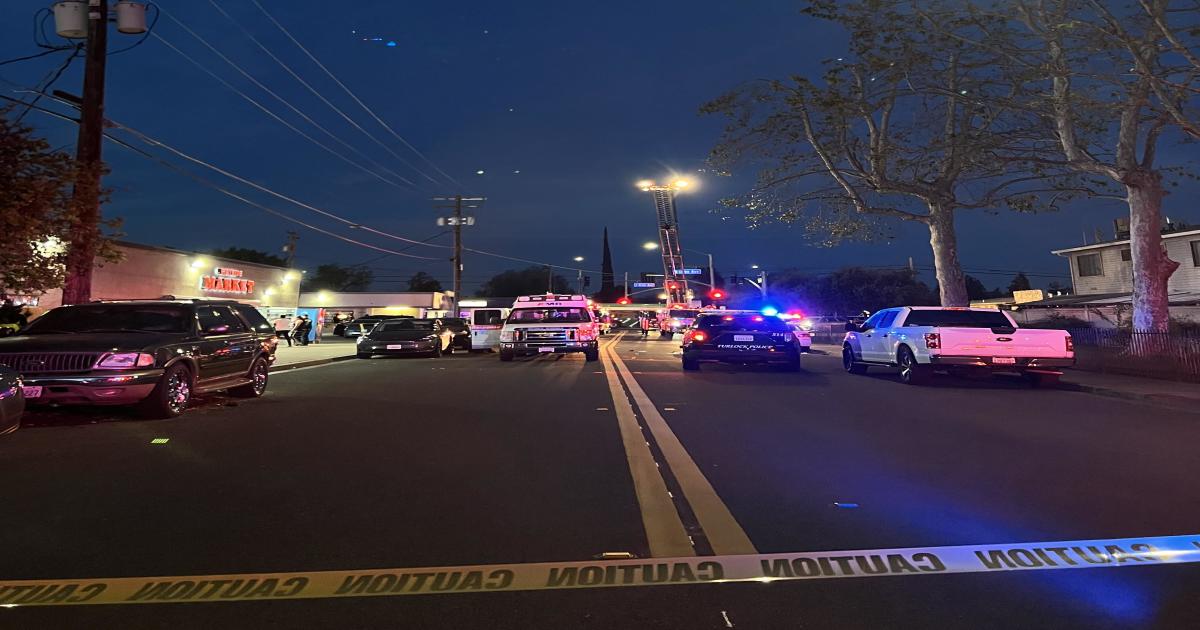DNA From Newborn Bloodspot Biobank Helped Crack 2007 Infant Death Cold Case
YOLO COUNTY (CBS13) — Many people don't realize that California keeps a DNA sample from nearly every baby born in the state. But CBS 13 has confirmed that DNA from those stored Newborn Bloodspots helped crack this 2007 cold case.
CLICK FOR CONTINUING COVERAGE -- NEWBORN BLOOD SPOT PRIVACY:
- 2015: DNA Data From California Newborn Blood Samples Stored, Sold To 3rd Parties
- 2018: California Biobank Stores Every Baby's DNA; Parents Had No Idea
- 2020: DNA From Newborn Bloodspot Biobank Helped Crack 2007 Infant Death Cold Case
- 2020: CA Still Storing Newborn DNA Without Consent. Golden State Killer Case Raising New Concerns
Paul Perez, 57, is accused of killing five of his own infants.
The charges name Nikko, who was born in 1996 and found in 2007, along with four of his siblings: Kato Allen Perez, born in 1992, Mika Alena Perez, born in 1995, another Nikko Lee Perez, born in 1997, and Kato Krow Perez, born in 2001. Three of their bodies have not been recovered.
At a press conference on Monday, investigators said that this was a first-of-its-kind DNA investigation but they gave very few details. They did say that they did not use genealogy DNA to crack the case, like in the Golden State Killer case.
CBS 13 has now confirmed that newborn DNA samples, which are stored in a biobank in Richmond, played a key role in this investigation.
READ ALSO: 'If He Did Do It, He Needs To Burn': Relative Of Accused Serial Baby Killer Speaks Out
Nearly every baby born in the U.S. gets a heel prick shortly after birth as part of the Newborn Genetic Screening program. Their newborn blood fills six spots on a special card that is used to test the baby for severe disabilities. But doctors only need a few spots for the baby's own genetic test, and the rest of the DNA becomes the property of the state.
(CLICK HERE To learn how to opt-out of storage)
Parents do have the right to opt-out of storage and ask that their sample is destroyed after the fact. But most parents have no idea that their child's DNA is being stored indefinitely in a state-run biobank where it may be used by researchers or law enforcement without parental consent.
California has been storing blood spots since 1983, collecting more than 9.5 million since 2000 alone. They say they don't extract or sequence the DNA, they simply store the cards. But investigators or researchers can request the blood spots and sequence the DNA themselves.
READ: 'Mighty Ducks' Actor Shaun Weiss Arrested For Burglary While High On Meth, Marysville Police Say
Records show coroners have long used blood spots to identify bodies, and there are several law enforcement warrants and court orders for blood spots used in criminal cases.
Investigators say several aspects of the Perez case were unique, however. Instead of relying solely on the missing persons' database, for the first time, the Department of Justice ran the victims' DNA through their law enforcement database. That identified Perez, who was already in jail, as the baby's father.
Yolo County investigators then went further, using the Newborn Bloodspot Biobank to identify the baby.
The coroner's records have now been sealed, so there are still a lot of questions about how they used the bloodspots, and how they linked the five siblings. Generally, investigators must have the name of the child or mother and request specific DNA samples from the biobank in order to confirm an identity.
Investigators have not released any information about the children's mother(s).
A court order might allow them to request a large sample, for instance, all newborns born within a certain time frame, in a certain geographic area with a certain last name. However, neither the biobank nor the investigators would confirm what was requested or if there was a court order or warrant in this case.
Perez is being held without bail after pleading not guilty to five charges of premeditated, first-degree murder with five enhancements of lying in wait, and torture.
CLICK FOR CONTINUING COVERAGE -- NEWBORN BLOOD SPOT PRIVACY:
- 2015: DNA Data From California Newborn Blood Samples Stored, Sold To 3rd Parties
- 2018: California Biobank Stores Every Baby's DNA; Parents Had No Idea
- 2020: DNA From Newborn Bloodspot Biobank Helped Crack 2007 Infant Death Cold Case
- 2020: CA Still Storing Newborn DNA Without Consent. Golden State Killer Case Raising New Concerns




